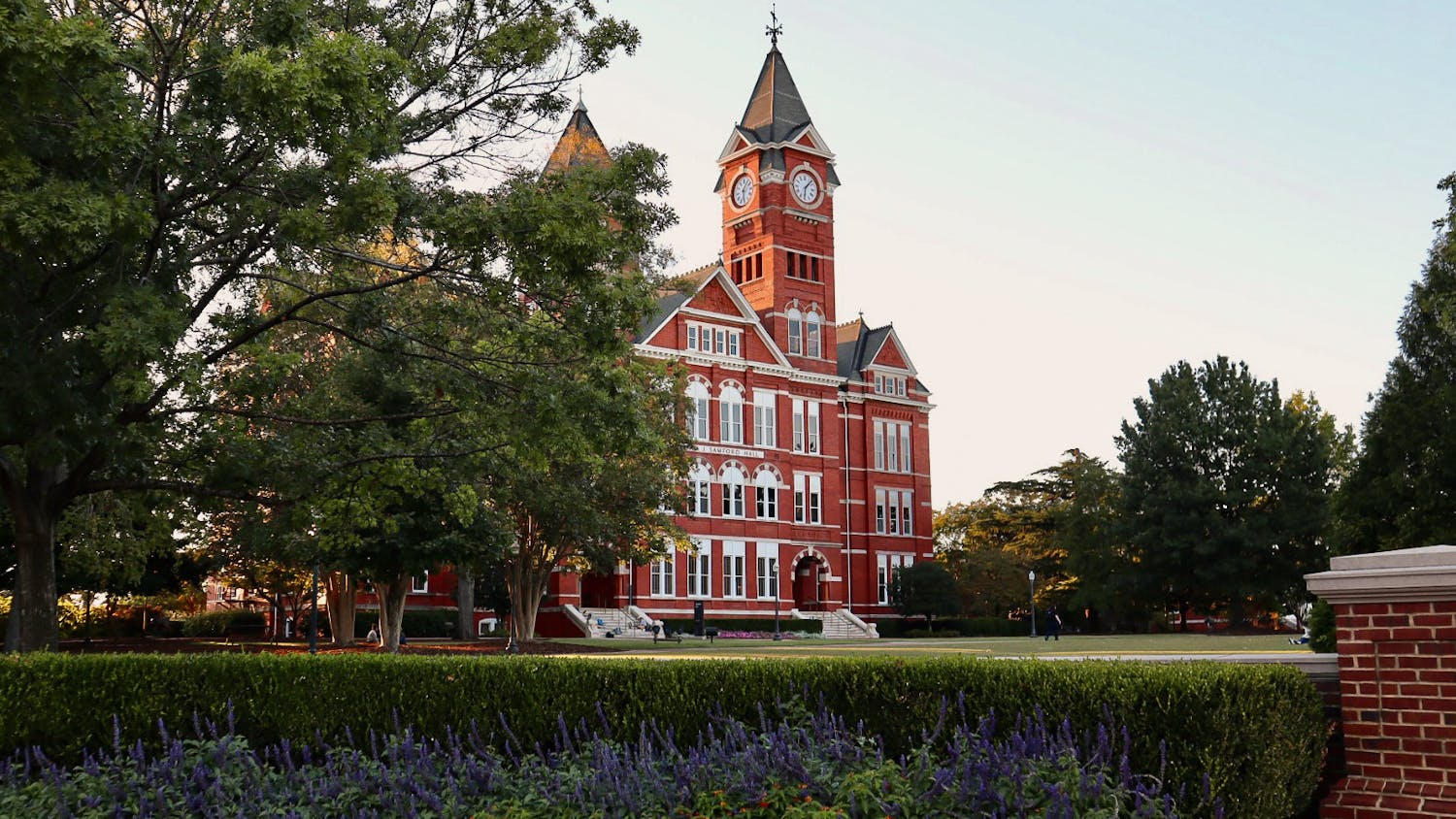Gary Suson, official ground zero photographer, doesn't want to shoot photography anymore.
He said he became intrigued by photography at an early age while living on a horse farm in Illinois, taking photos of sunsets and horses galloping in the fields.
Suson was pushed by his mother, Sharon, to develop his craft, and at 17 he won the Kodak Medallion, the highest award for photography a high school student can win.
"I learned at a young age the power a camera can yield, most importantly to educate future generations about the mistakes that mankind can and often does make," Suson said.
His winning photography was flown to New York and displayed in the World Trade Center.
"It was an omen of things to come," Suson said.
Suson said he never saw his photos displayed in the World Trade Center.
"Never did I imagine I would one day wind up documenting the aftermath of the attacks of where my first winning images were displayed," he said.
Tuesday, Suson spoke to Auburn University in a packed Student Center ballroom to tell his story of being the only photographer granted access to document the recovery efforts of 9/11.
Collier Tynes, SGA senator-at-large, felt Suson could convey the tragedy to an audience that was in elementary and middle school the day of the attacks.
"I think having a photographer come speak to our students is going to be a very good visual aide for what happened that day," said Tynes, junior in public relations. "Just a very neat and different perspective that will educate our students on what happened that day."
On 9/11 Suson captured photos of the burning towers from the roof of his photography studio building.
In the days following, Suson rode around the perimeter of the site with policemen, photographing what he saw. He also started the website www.septembereleven.net so the public could be informed of what was going on in New York City.
Suson also began advocating free health care for firefighters suffering from fatigue and other health problems since conducting the recovery efforts.
Through the charity work, Suson met Rudy Sanfilippo through the Fire Department New York union. Sanfilippo asked about Suson's website and a picture of a Christmas tree, which was hidden from the public, that had been erected for the victims.
After a meeting with Sanfilippo, in which he gave strict rules about sharing his photos with the public, Suson became the official ground zero photographer, an unsalaried position.
Suson said the firefighters conducting the recovery efforts were standoffish at first.
"I thought, well, why don't I show these fireman who I really am," Suson said. "I'm a caring person."
Suson said he began to shoot and print portraits of firefighters working at ground zero at his own expense.
"That's why I went broke," Suson said.
Suson said by giving firefighters portraits of themselves doing recovery work, they began to take him in.
"Slowly they starting realizing, 'You know, he's a good guy, he's not a scum bag,'" Suson said. "And they also saw that my photos were not winding up in the New York papers."
Suson told touching stories of firefighters and victim's families through his descriptive photos.
Chelsea Berra and Alex Medved sat in the front row Tuesday night.
"You could actually see his emotions," said Medved, junior in marine biology.
Berra, junior in biomedical sciences, said she liked that she was able to make eye contact.
"That's a big thing for me when somebody's speaking because I can see someone's emotion in their eyes," Berra said.
Medved agreed.
"It was him and his story right in front of us, nothing else," Medved said.
In May 2002, Suson was finally permitted to release his photos to the public. Post-9/11 Suson is a changed man.
Suson attempted returning to photography, shooting for Playboy in the fashion department from 2003-05. He quit because he wasn't the Gary Suson of pre-9/11.
"I never really shot again," Suson said. "I don't plan to shoot again."
A year ago Suson was approached by individuals asking if he would like to speak about 9/11. After some encouragement from his mother, Suson agreed.
"This is my very first speaking engagement working with them," Suson said. "But it is very special to me. I will never forget this day, Sept.6, as long as I live."
Suson said his mother passed away in December from ovarian cancer, and Sept. 6 was her birthday. She would have been 73.
"I am here speaking to you today because my mom talked me into it," Suson said. "Just as she talked me into shooting photography, because she did, I get to share all these stories with you and with the world."
Do you like this story? The Plainsman doesn't accept money from tuition or student fees, and we don't charge a subscription fee. But you can donate to support The Plainsman.




